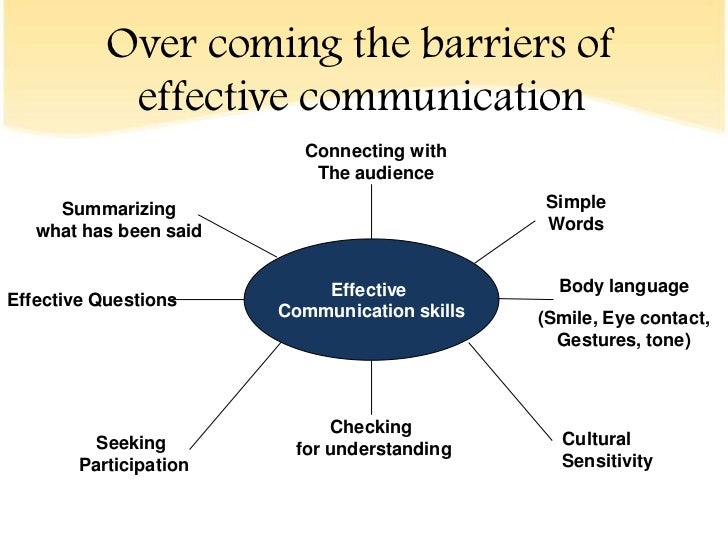
As a teacher, a mentor and a leader I have found that while I am always moving to support others, I am always continuing to learn myself. The journey of my formal education coupled with the abilities to use what I have taken away in my daily experiences has brought me through to a full circle view of what I have accomplished. In completing my masters program, I have learned that the communicator I am and the leadership style that I have displayed have brought me into a place of huge growth and opportunity. I have a chance to move forward and impact my community wholly so that children and their families benefit. Another take away has been for me the basic needs of families. Education is important but we have an obligation to support families and help them meet their basic needs first, education will then follow. This is something that while I am aware of, I think sometimes it can fall to the side as we focus so largely on the importance of early learning. The focus should be on whole wellness, this of course encompassing that learning. Third I am taking away the ideas and methods of research and how they can impact my work. There is always going to be issues that need support and research may or may not be there to meet the need of my demographic and community. Conducting research, using qualitive data, quantitative data and other methods will give me the ability to continue to positively affect more families in my community when I observe a need that maybe can’t be solved or affected until more research is needed. In looking ahead, the long-term goal I have is to achieve my doctorate. In completing this current piece of my journey more than those previous I have a feeling of anything is possible and I also have a passion to support the education of teachers so that those teachers can move to impact the education of children in my community. While early education is my passion and heart, I do want to perhaps receive a doctorate in a related field. Only time will tell…
In saying goodbye, I hear the words of so many songs that I know would be used to capture the moment and wishes for others. For each colleague that has made this journey with me my hope is that you each move towards the dreams and “what if’s” you have chosen for yourself. What a huge impact we could each, make if we can achieve each of those passions. To the professor of this final piece of the journey thank you for giving your time and messages. It is my hope that you again hear my name in a positive context doing impactful work and I hope the same for each of my colleagues. The journey has been real…Peace out everyone!!







